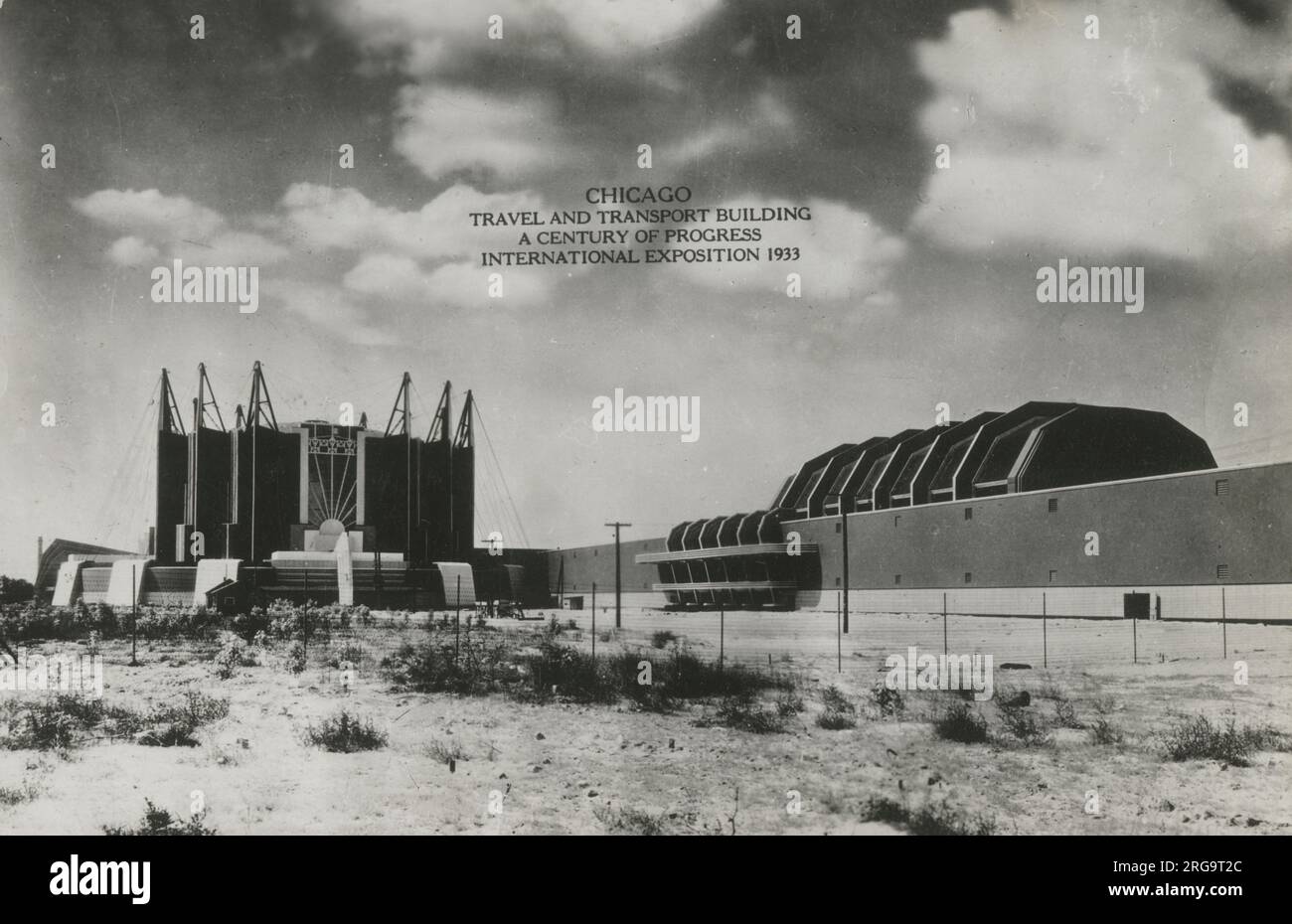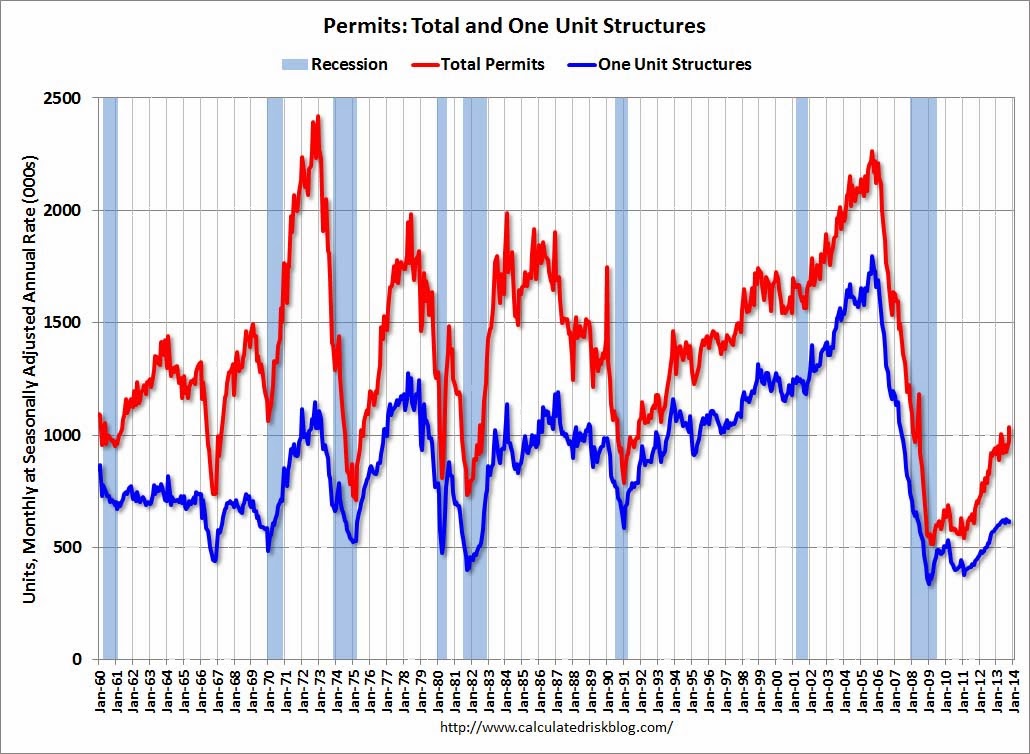Century Of Progress: A Look Back At Chicago's 1933 World's Fair

Table of Contents
The Dawn of a New Era: The Context of the 1933 Chicago World's Fair
The 1933 Chicago World's Fair, officially titled the Century of Progress International Exposition, emerged from the ashes of the Great Depression. Chicago, like much of the nation, was grappling with widespread unemployment, economic hardship, and social unrest. The fair's organizers envisioned it as more than just an exhibition; it was a bold attempt to revitalize the city's spirit and project an image of progress and optimism during a time of profound uncertainty.
- Economic conditions leading up to the fair: The stock market crash of 1929 had devastated the American economy, leading to mass unemployment and widespread poverty. Chicago, a major industrial center, was particularly hard hit.
- The social and political climate of the time: The era was marked by social and political upheaval, with the rise of new ideologies and anxieties about the future. The fair offered a temporary escape from these realities.
- The fair's intended purpose as a symbol of recovery and optimism: The "Century of Progress" theme aimed to showcase advancements in science, technology, and culture, suggesting that despite the hardships, humanity was moving forward. The fair aimed to inspire hope and demonstrate the resilience of the American spirit.
Architectural Marvels and Technological Innovations: Showcasing the Future
The architecture of the 1933 Chicago World's Fair was a stunning display of Art Deco and Modernist styles. The fairgrounds, located on Chicago's lakefront, were transformed into a futuristic cityscape, featuring sleek, streamlined buildings and innovative designs.
- The Sky Ride and its panoramic views: Offering breathtaking panoramic views of the fairgrounds and the city skyline, the Sky Ride became a hugely popular attraction.
- The Hall of Science and its groundbreaking exhibits: This hall showcased cutting-edge scientific discoveries and technological advancements, inspiring awe and wonder among visitors.
- The influence of Art Deco and Modernist architecture on the fair's design: The fair’s buildings exemplified the sleek, geometric forms and streamlined aesthetics characteristic of these styles. Architects like Paul Philippe Cret and Alfred Shaw contributed significantly.
- Notable architects and their contributions: Many renowned architects participated, shaping the fair's distinctive architectural identity.
Technological Wonders on Display
The 1933 World's Fair was a showcase of technological marvels that would soon transform daily life. Early television sets, electric appliances, and advancements in transportation were featured prominently. Visitors could experience the latest innovations in communication, entertainment, and domestic technology – a preview of the technological age to come. This foreshadowed many aspects of our modern lives, from the ubiquitous television to the automation in homes and the speed of modern transportation.
A Celebration of Culture and Entertainment: Beyond the Technology
Beyond its technological advancements, the 1933 Chicago World's Fair offered a rich tapestry of cultural experiences. The fair was a melting pot of international pavilions, showcasing diverse cultures and artistic expressions.
- Popular exhibits and attractions: From thrilling amusement park rides to captivating cultural displays, the fair offered diverse attractions to suit every taste.
- The role of music and entertainment in the fair's atmosphere: Music and entertainment played a vital role in creating a vibrant and festive atmosphere. Live performances and musical acts were abundant.
- The presence of international pavilions and cultural displays: The fair attracted participants from across the globe, providing visitors with exposure to various cultures.
The Lasting Legacy of Chicago's 1933 World's Fair: Impact and Remembrance
The Century of Progress Exposition left a lasting impact on Chicago and its surrounding areas. The fair spurred significant infrastructure improvements, boosted tourism, and influenced urban planning for decades to come.
- The fair's influence on Chicago's skyline and urban landscape: The fair's architectural legacy is still visible in Chicago's cityscape today.
- Its economic impact on the city and surrounding areas: The fair provided much-needed economic stimulus during the Great Depression, creating jobs and boosting local businesses.
- How the fair is remembered and celebrated today (museums, historical societies, etc.): The legacy of the 1933 World's Fair is kept alive through historical societies, museums, and online archives.
Conclusion
Chicago's 1933 World's Fair, the Century of Progress Exposition, stands as a testament to human ingenuity, resilience, and the power of hope. Its innovative spirit, cultural richness, and lasting impact on Chicago's development cemented its place in history. This remarkable event, born during the depths of the Great Depression, offered a vision of the future that continues to resonate today.
Discover more about the remarkable achievements and enduring legacy of Chicago's 1933 World's Fair. Explore the online archives, visit Chicago's historical museums, and delve deeper into the stories of this pivotal event in American history. Learn more about the Century of Progress Exposition and its continuing influence on the city of Chicago.

Featured Posts
-
 Josh Allen And Hailee Steinfeld Update On Their Wedding Plans
May 28, 2025
Josh Allen And Hailee Steinfeld Update On Their Wedding Plans
May 28, 2025 -
 Drop In Housing Permits Despite Efforts To Increase Construction
May 28, 2025
Drop In Housing Permits Despite Efforts To Increase Construction
May 28, 2025 -
 Finding The Best Direct Payday Loans With Bad Credit A Guide To Approval
May 28, 2025
Finding The Best Direct Payday Loans With Bad Credit A Guide To Approval
May 28, 2025 -
 Rent Freeze Expiration Impact On Tenant Safety And Well Being
May 28, 2025
Rent Freeze Expiration Impact On Tenant Safety And Well Being
May 28, 2025 -
 Tyrese Haliburton Injury Update Will He Play Against The Bulls
May 28, 2025
Tyrese Haliburton Injury Update Will He Play Against The Bulls
May 28, 2025
